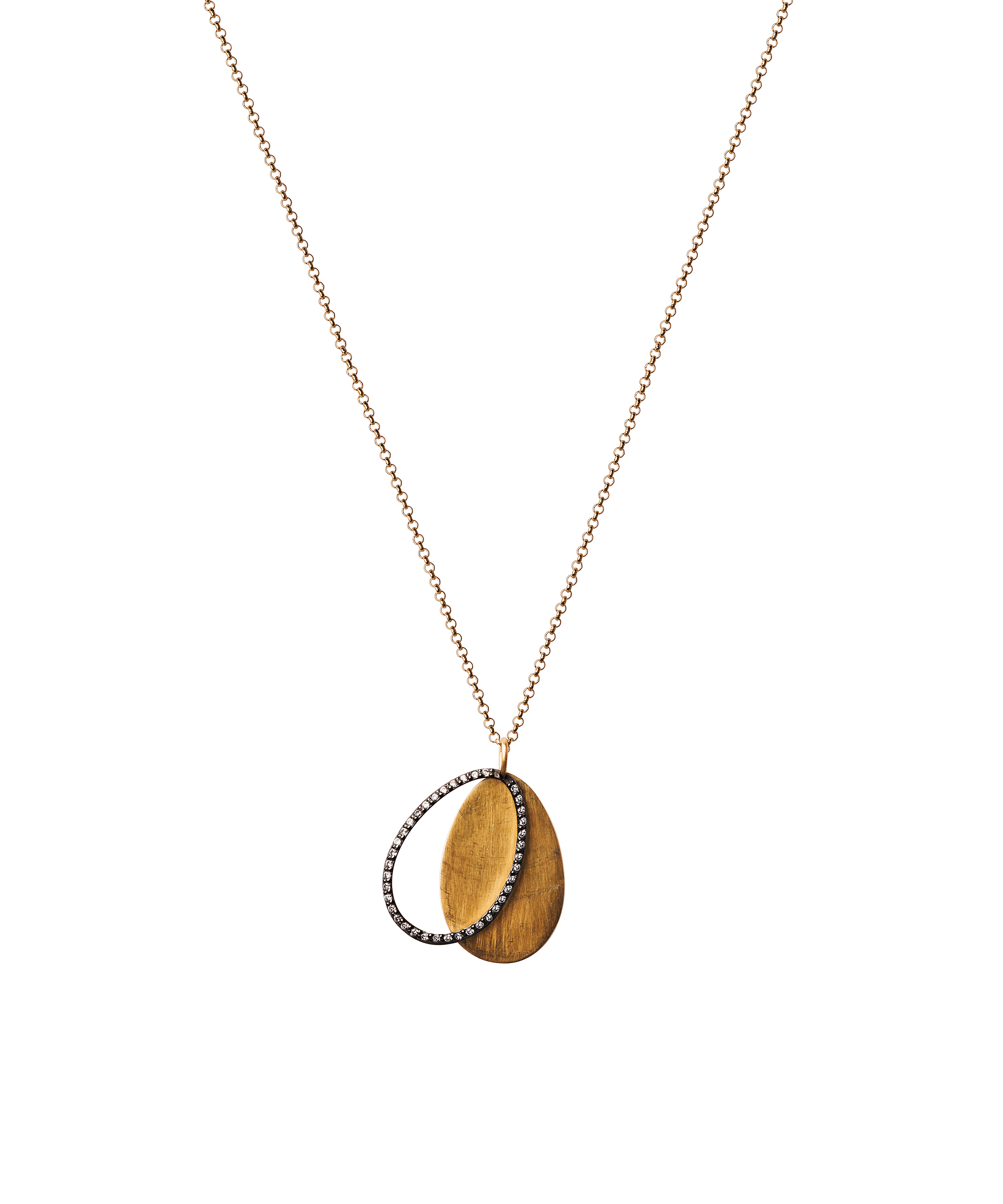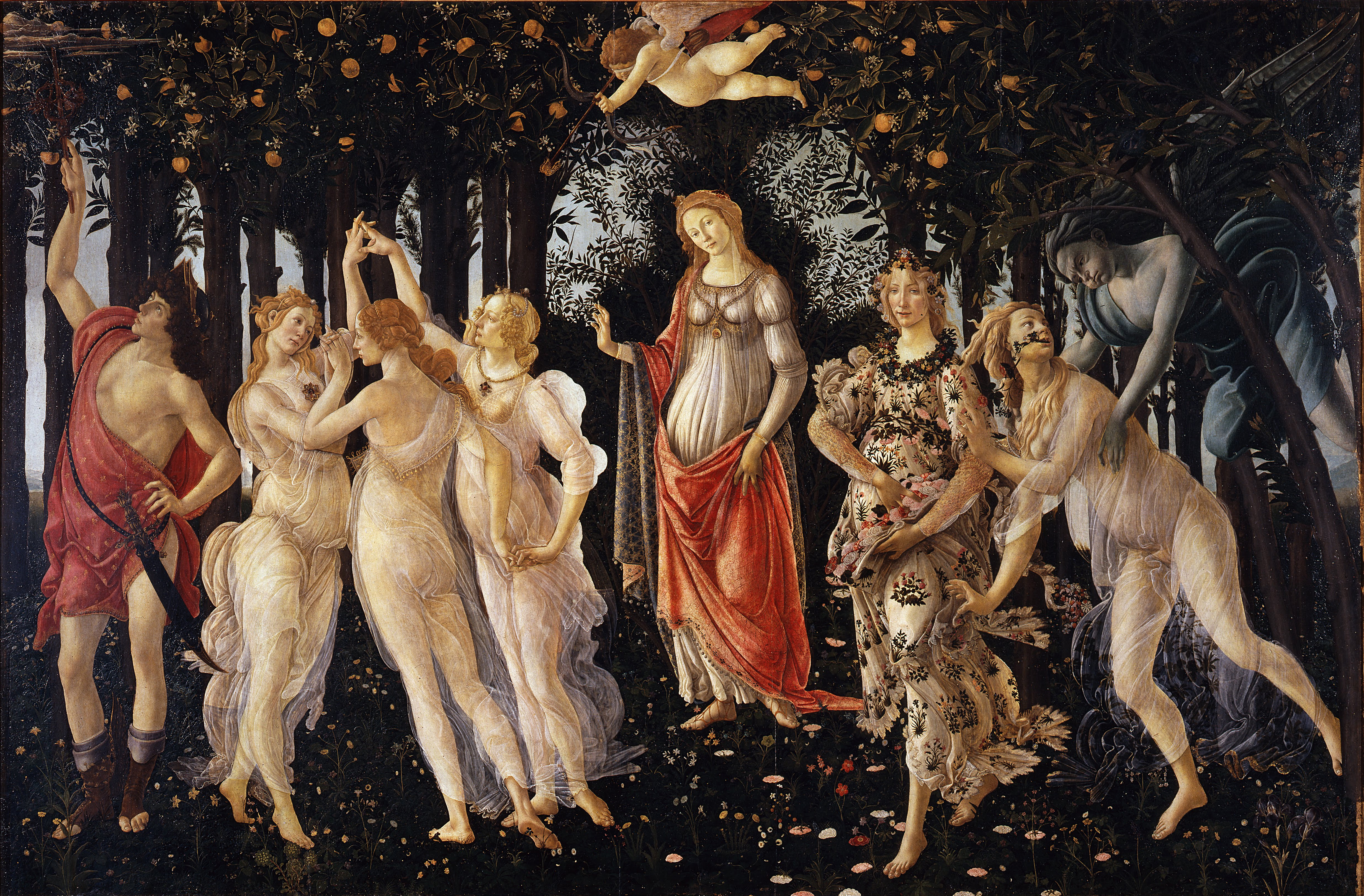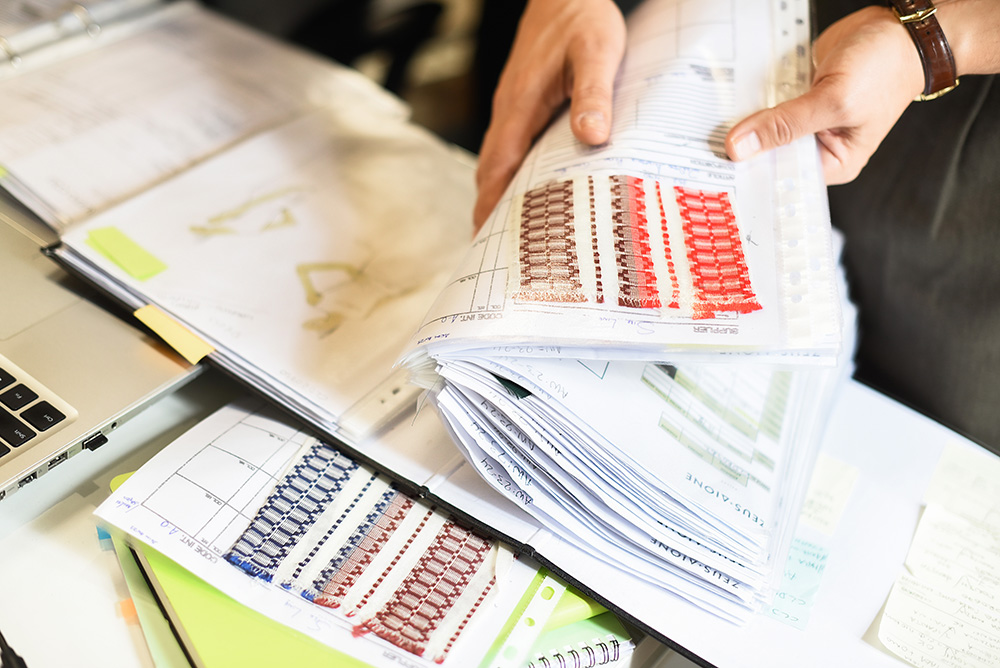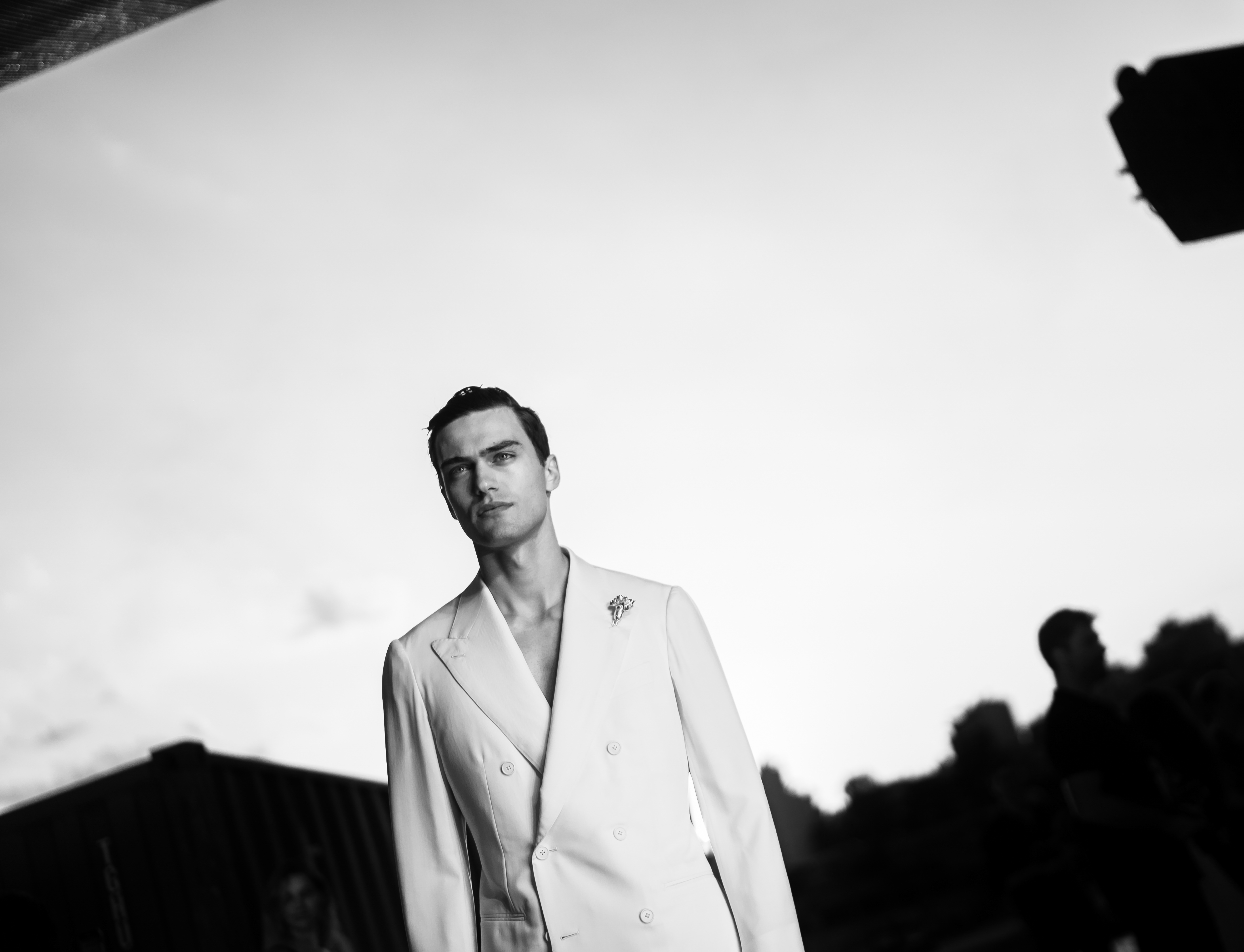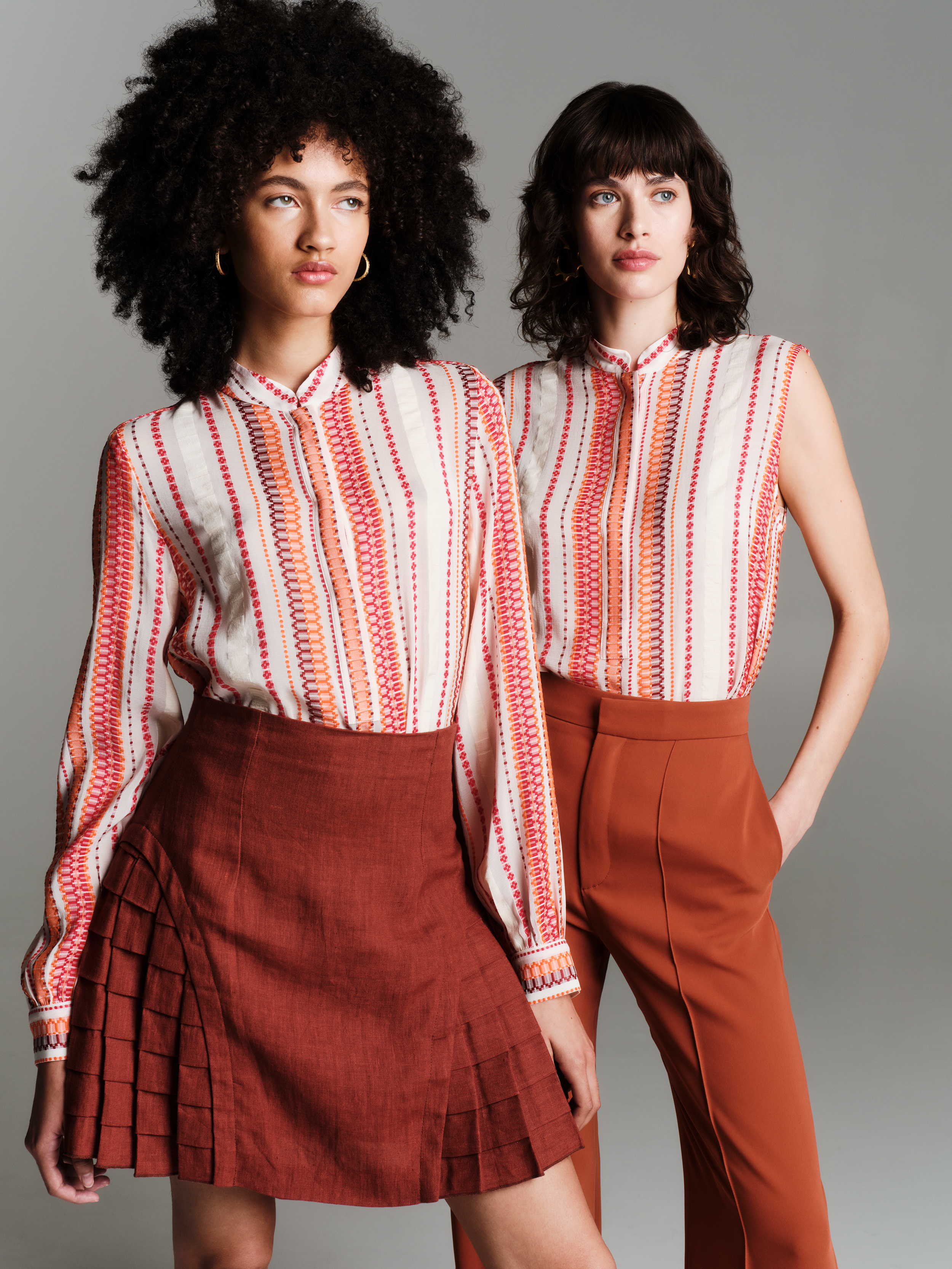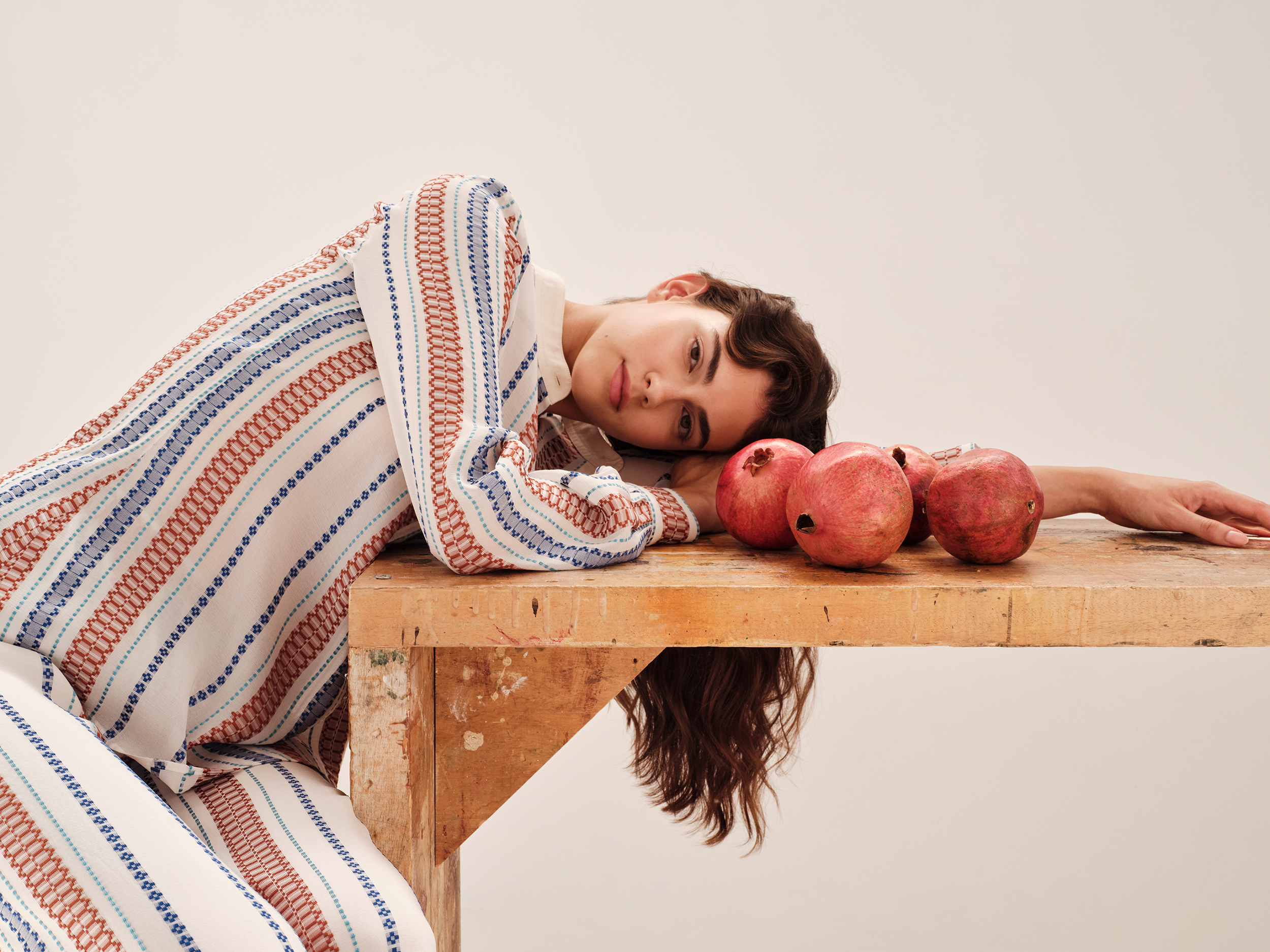Sculptures of fabric
“Α piece of cloth can be wrapped and folded in many ways over the body. Drapes and pleats are the anatomy of the garment; they reflect life itself.”
«Ενδύεσθαι», Ioanna Papantoniou
Throughout the centuries, people of different ethnicities across the globe, arranged this one piece of cloth in their own unique way, exploring various ingenious practices, which distinguished them among all the others. This free and conceptual usage of fabric formed folds that are known to us from visual depictions of each civilization.
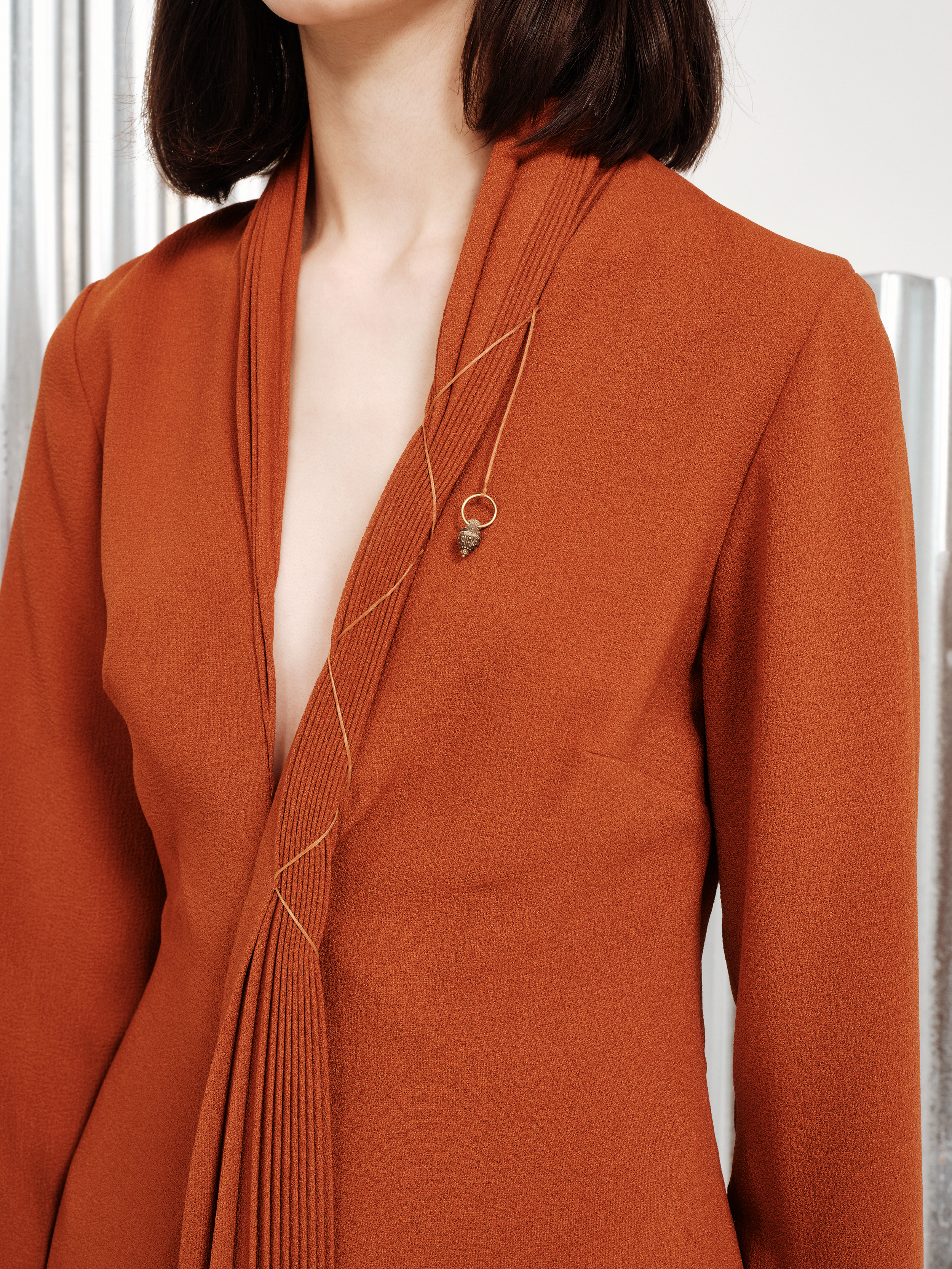
As the art and knowledge passed on within families and across generations, this remarkable practice grew more and more, and inspired today Marios Schwab to design the modern wardrobe staples, ‘Elsa’ dresses. Made of heavy crepe, they are shaped with a plunging V-neckline in a versatile slightly-loose silhouette, highlighting a flattering pleated panel with basting stitches - reviving this very old technique -, along the neckline which creates flowing movement through the skirt, when the wearer is walking and moving. A real indication that little details matter the most!
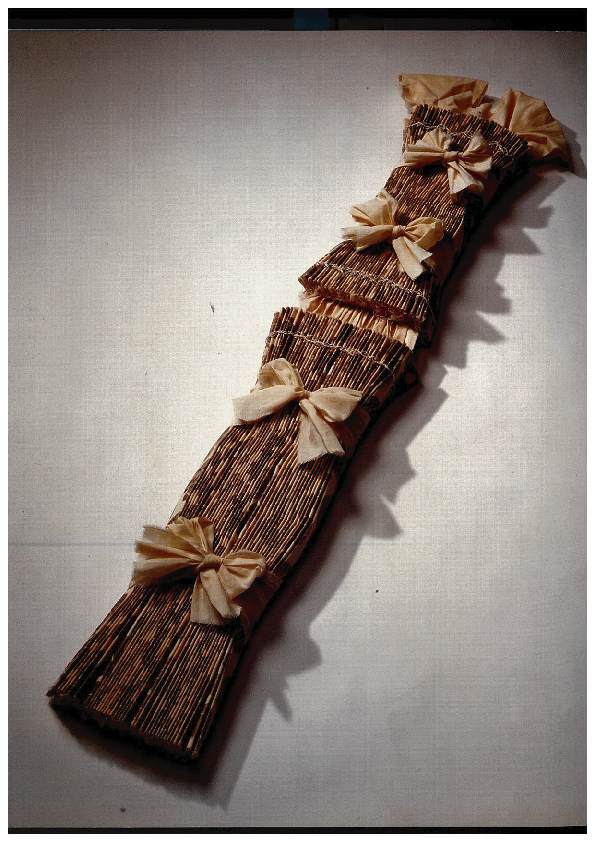
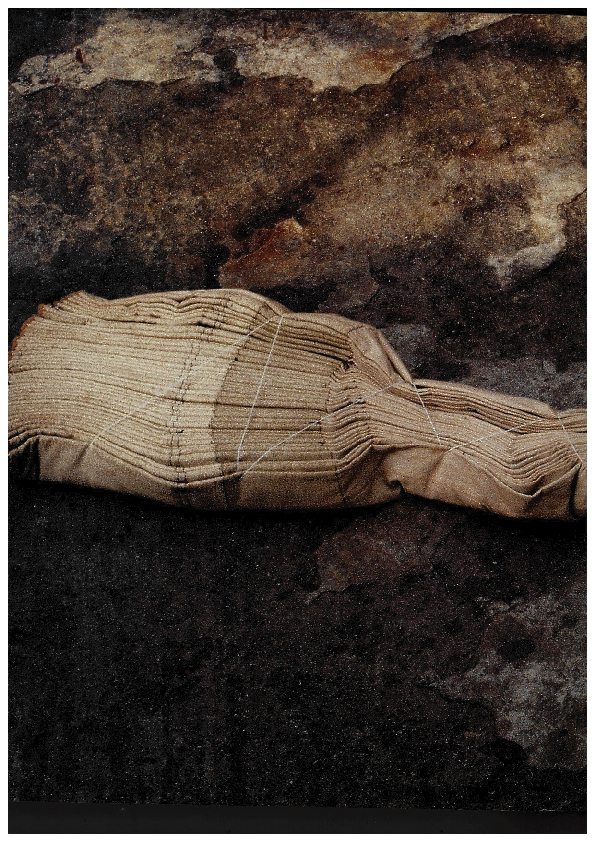
During the 18th century in mainland Greece, a technique of permanent pleating was traditionally used to store the clothes when not worn. The cloth was set into profound pleats, knife style, and soaked in water. Horizontal thick threads are then passed at the top part of the pleats, then pressing the rest of the length as densely as possible, so that the pleated fabric looked like a tight tube. They were regular, every pleat was similar, and mostly parallels. After being truck and pressed with a pestle or a big stone, the folded cloth was stabilized into hot sand, or left hung –almost “baking” – in the sun to dry, and held in place by α plumb on its lower part. When the cloth was dry and the ties taken off, it had been maintaining a permanent pleat.
